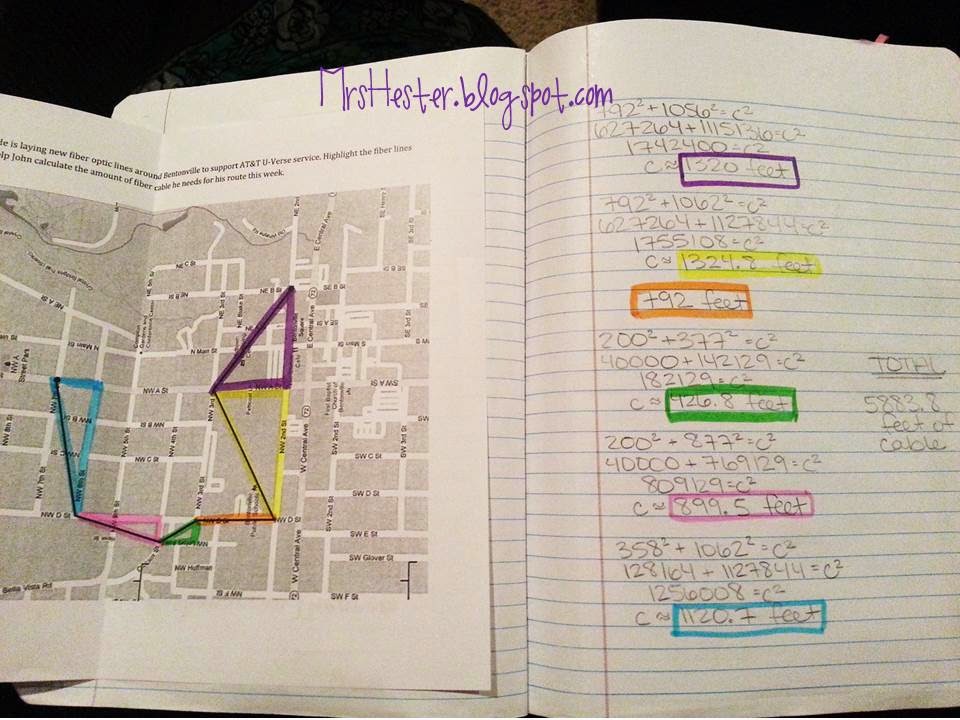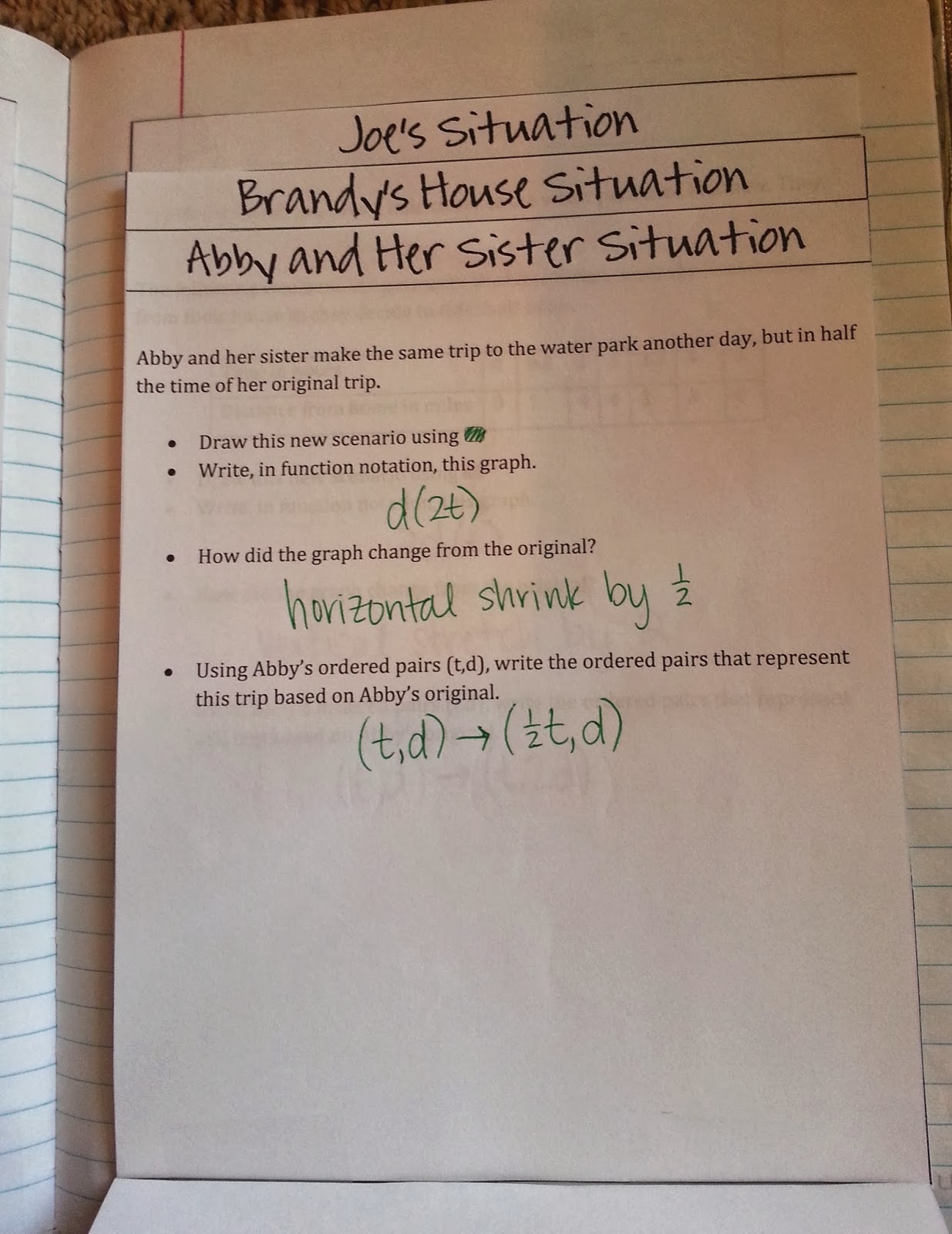Well, my students and I have been in quadratic functions for quite a while now! Especially since our EOC testing fell in the middle of it all.
I also feel like I did much better job this year with letting them explore/figure out the intricacies before we formalized in their notebooks. So, for example on the "factoring" pages, we spent a day just using algebra tiles to understand what was truly happening and the relationships between the numbers. Then we formalized.
All that to say, quadratic functions took a long time! But my students really seem to have a good understanding.
So... here are my notebook pages.
Man, as I'm uploading, most are blurry. So sorry!! Silly phone camera :(
Our Learning Goals/SBG page.
I plan to implement SBG more next year and these pages are allowing me to dabble in the idea without fully committing yet.
Investigating a quadratic function for the first time...
Focus and Directrix pages from Sarah. The kids LOVED seeing their parabolas take shape in the wax paper. I know that focus and directrix aren't technically in my algebra 1 standards, but I just couldn't resist!
The same properties of quadratic functions pages that I did last year. Still worked well and still a hit!
Angry birds and vertex form.
Standard Form and a summary page from here. I tweaked it a little to fit my needs.
Here's a better picture of the summary page.
Original idea and post HERE.
Then the discriminant and quadratic formula.
The students and I derived the quadratic formula (yep, that ones officially in my standards) but I haven't taped it into my notebook yet. The big orange box is where it will be taped soon.
The factoring and completing the square pages took multiple days and I wanted to give students plenty of time to explore with algebra tiles. I gave lots and lots of problems that students built and answered with the tiles before we ever formalized and talked about procedure.
I really liked doing it this way because students understood the factoring method. We were un-doing the distributing and pulling everything back apart. There was so magic wand waving - just some great mathematical understanding happening.
Also with completing the square. We built lots and lots of squares, filling the missing corner and then looking at side lengths and x-values before every going through just the process. 

Well, these are most of the pages! A lot happened in class between all those pages, so sorry I can't bring you in for that! Hope something helps!


























































